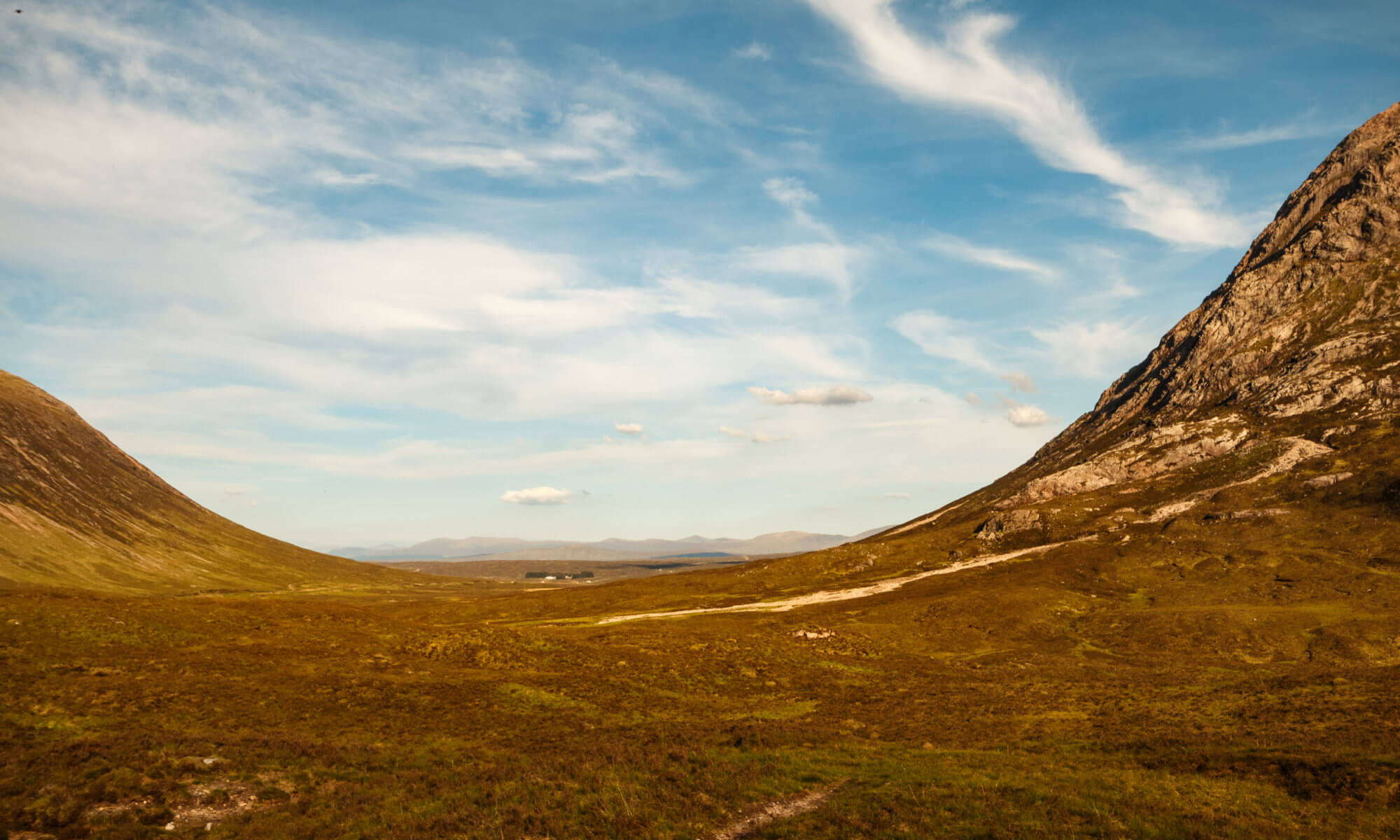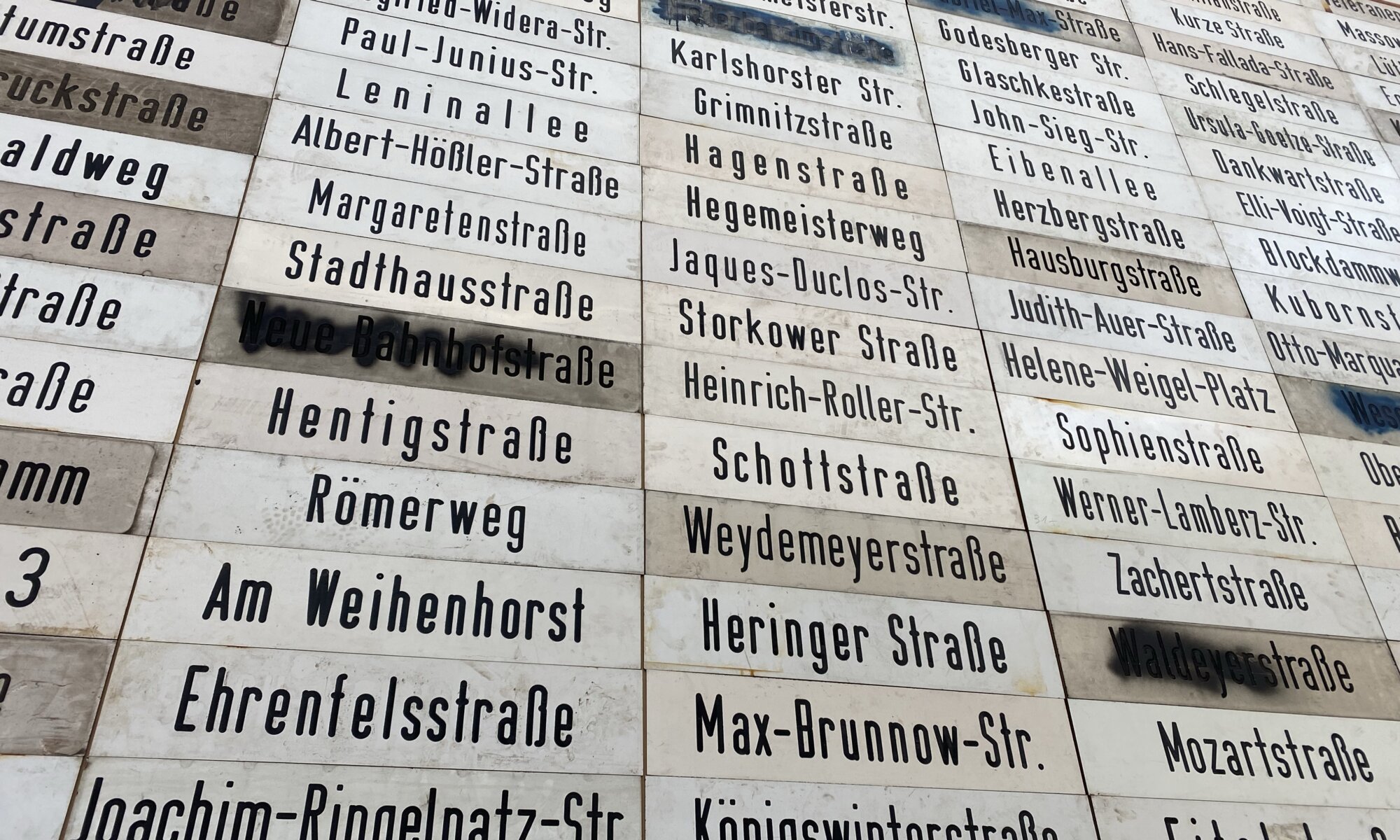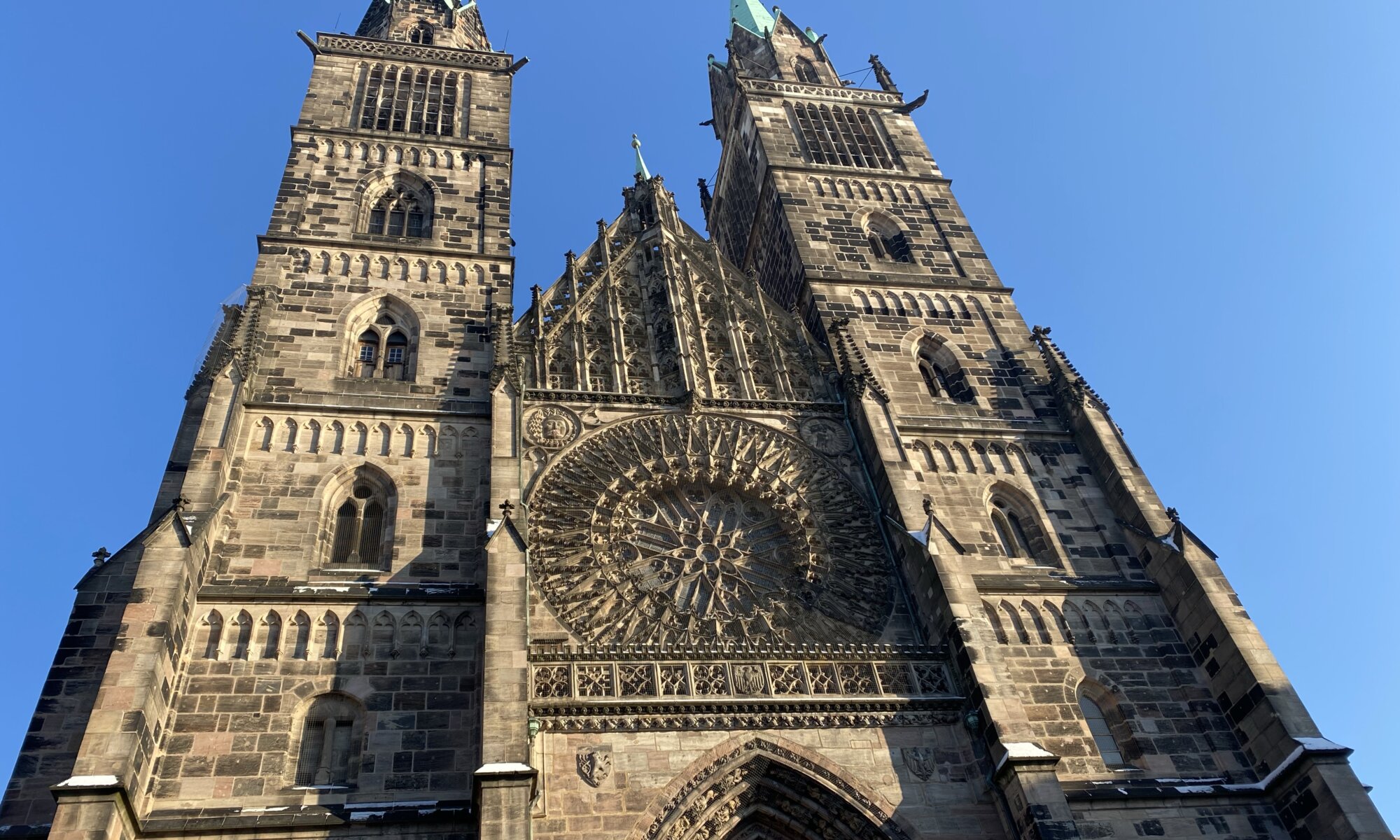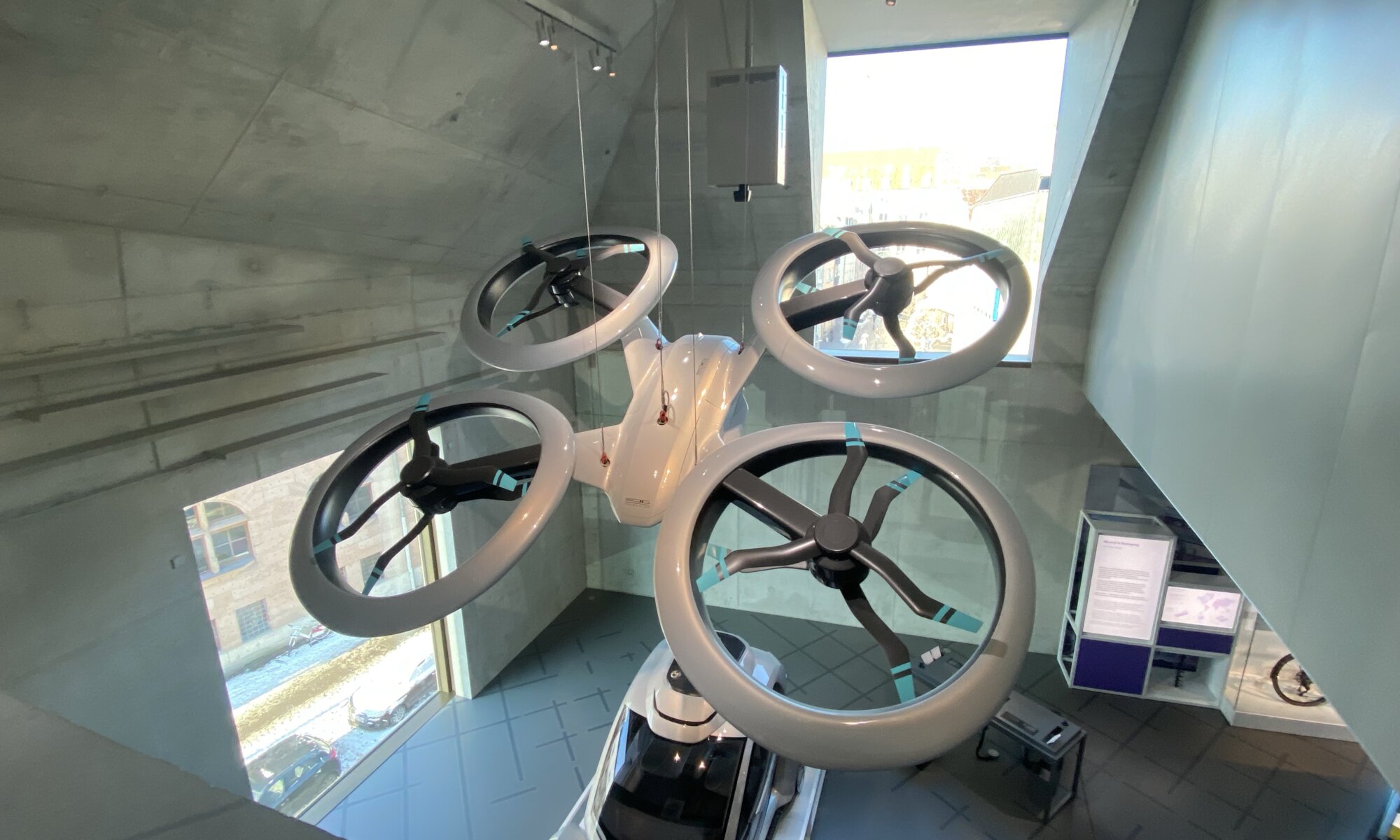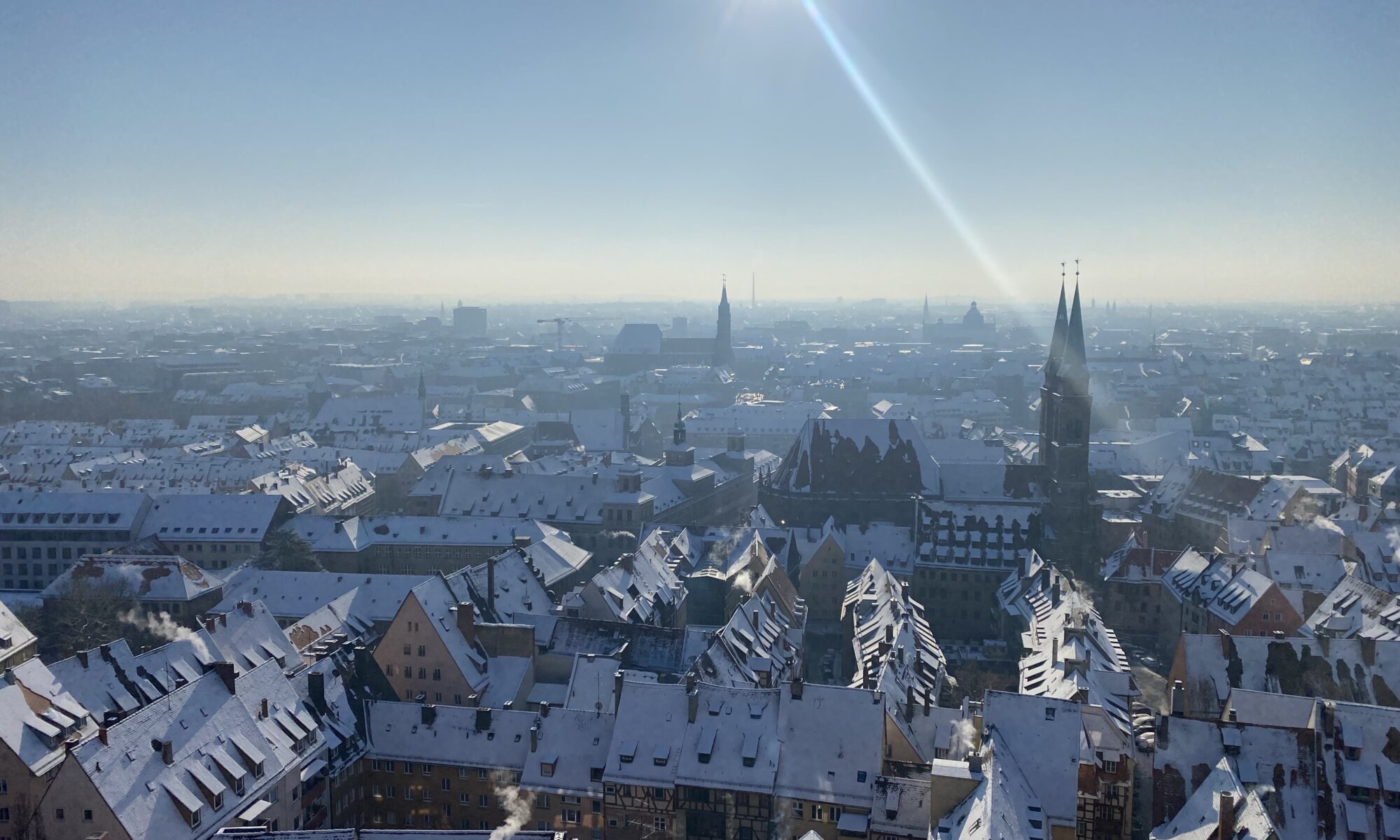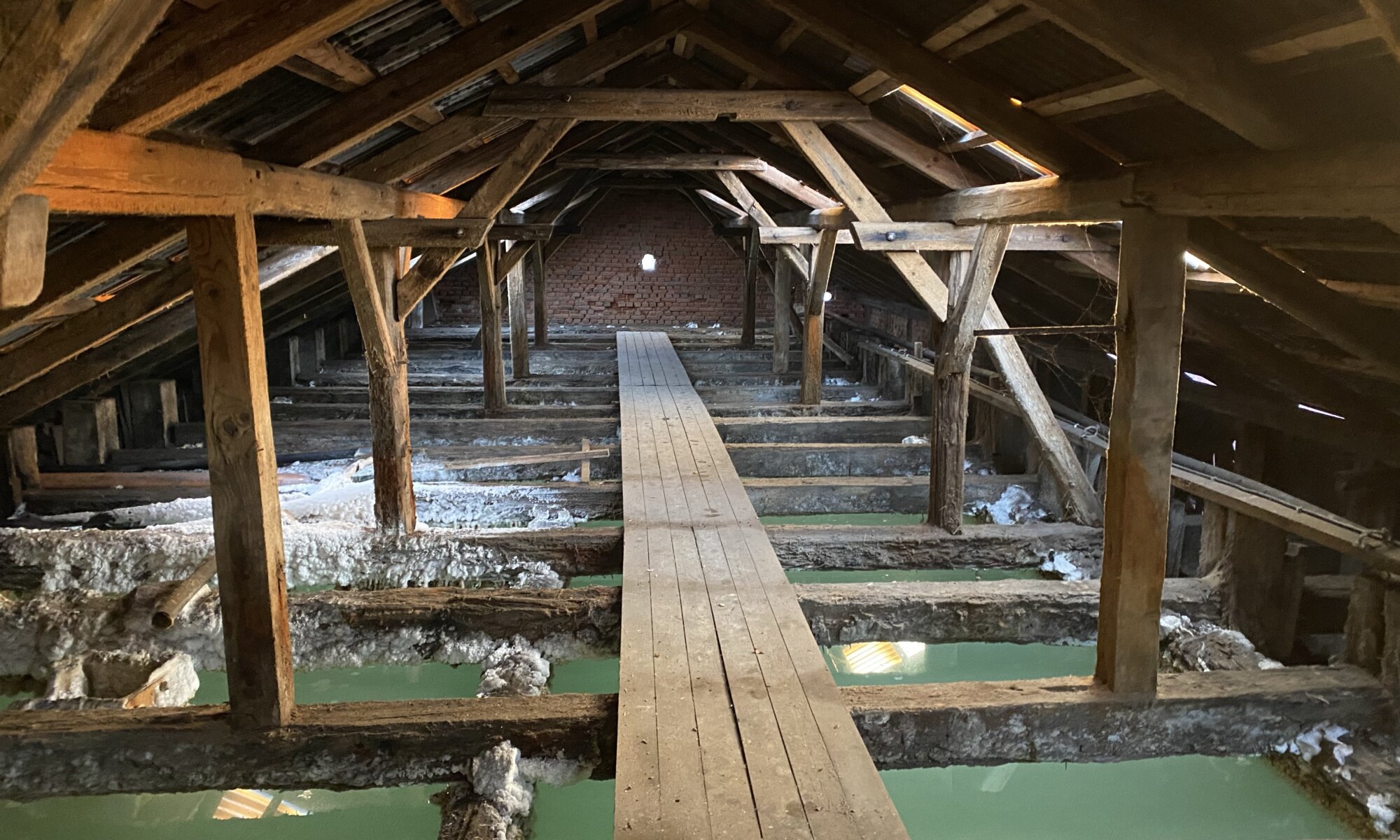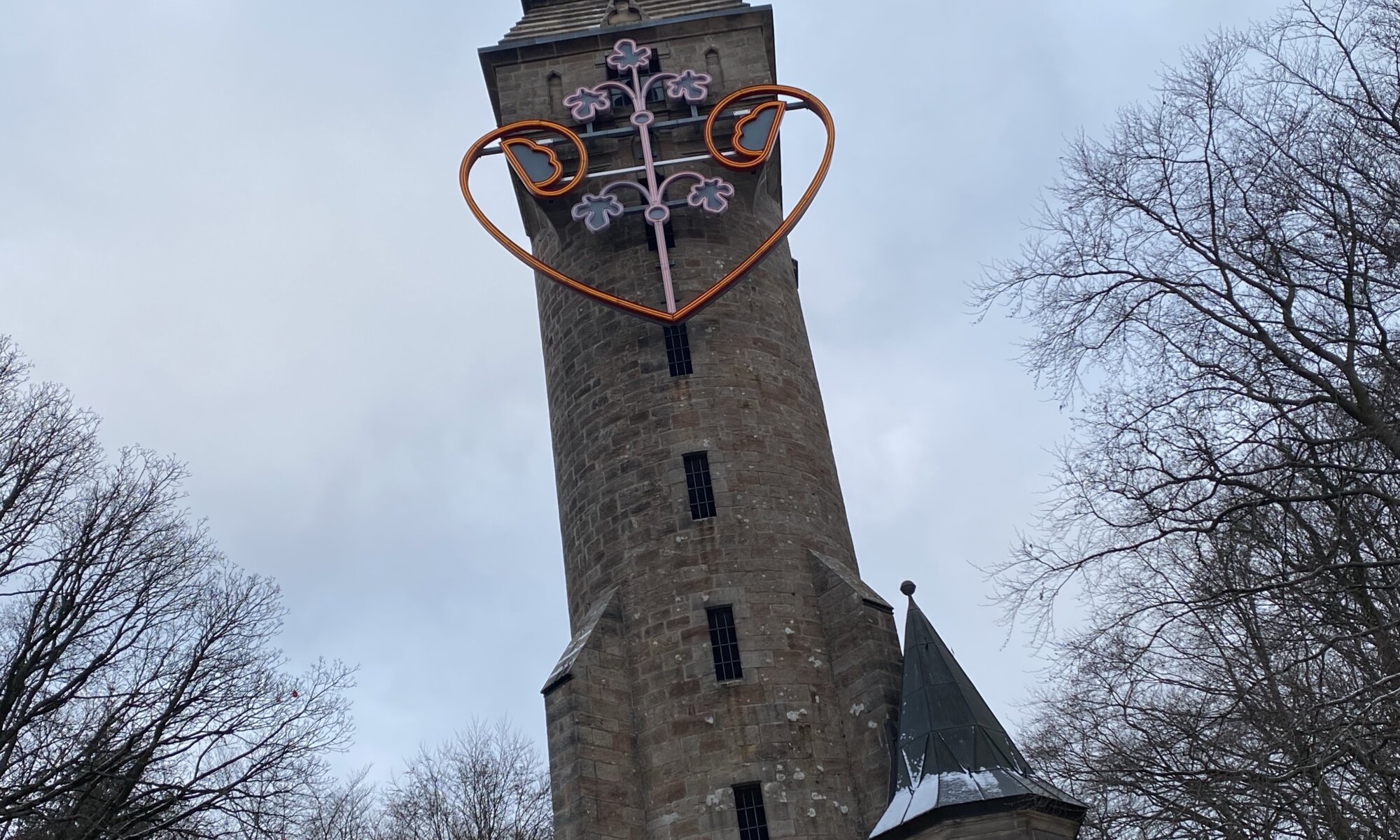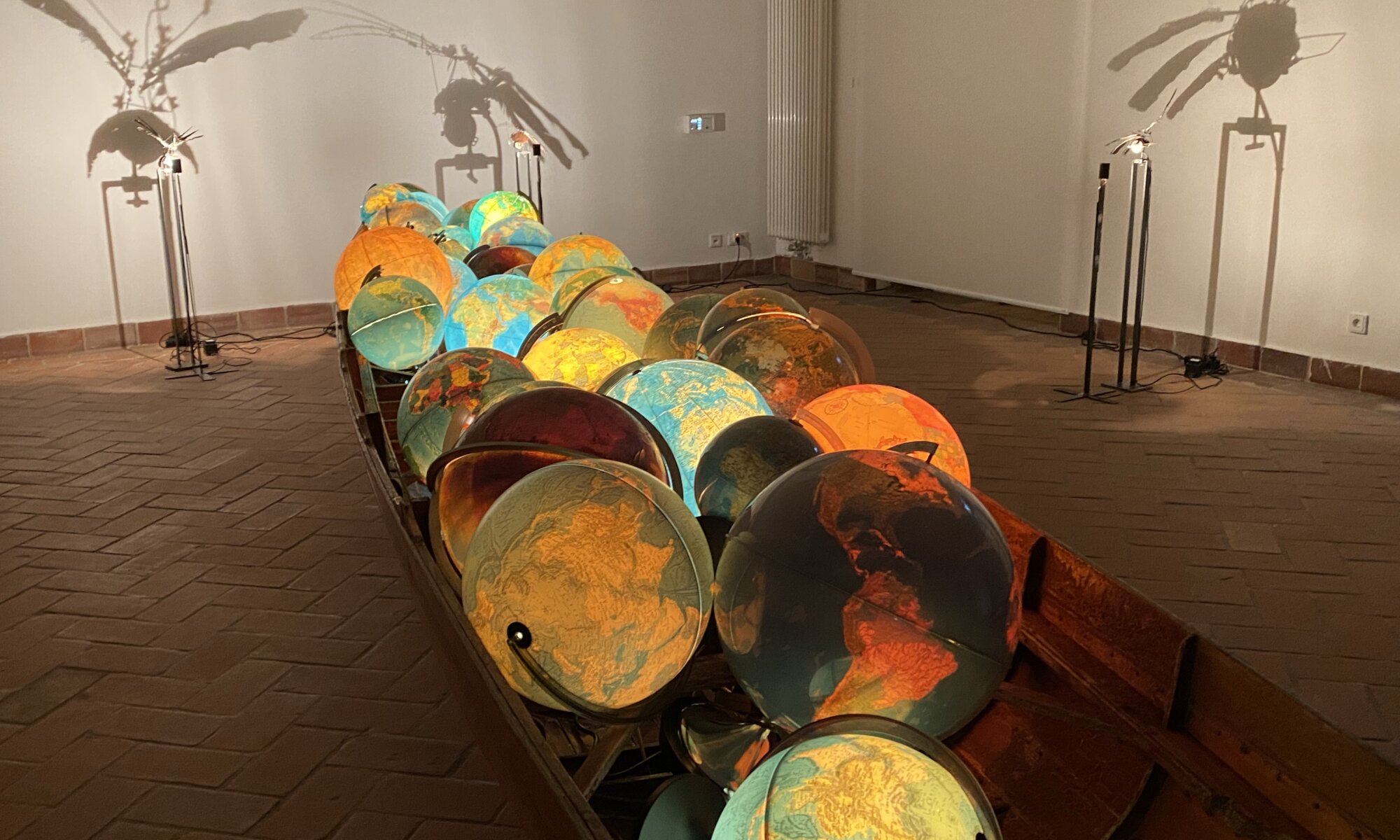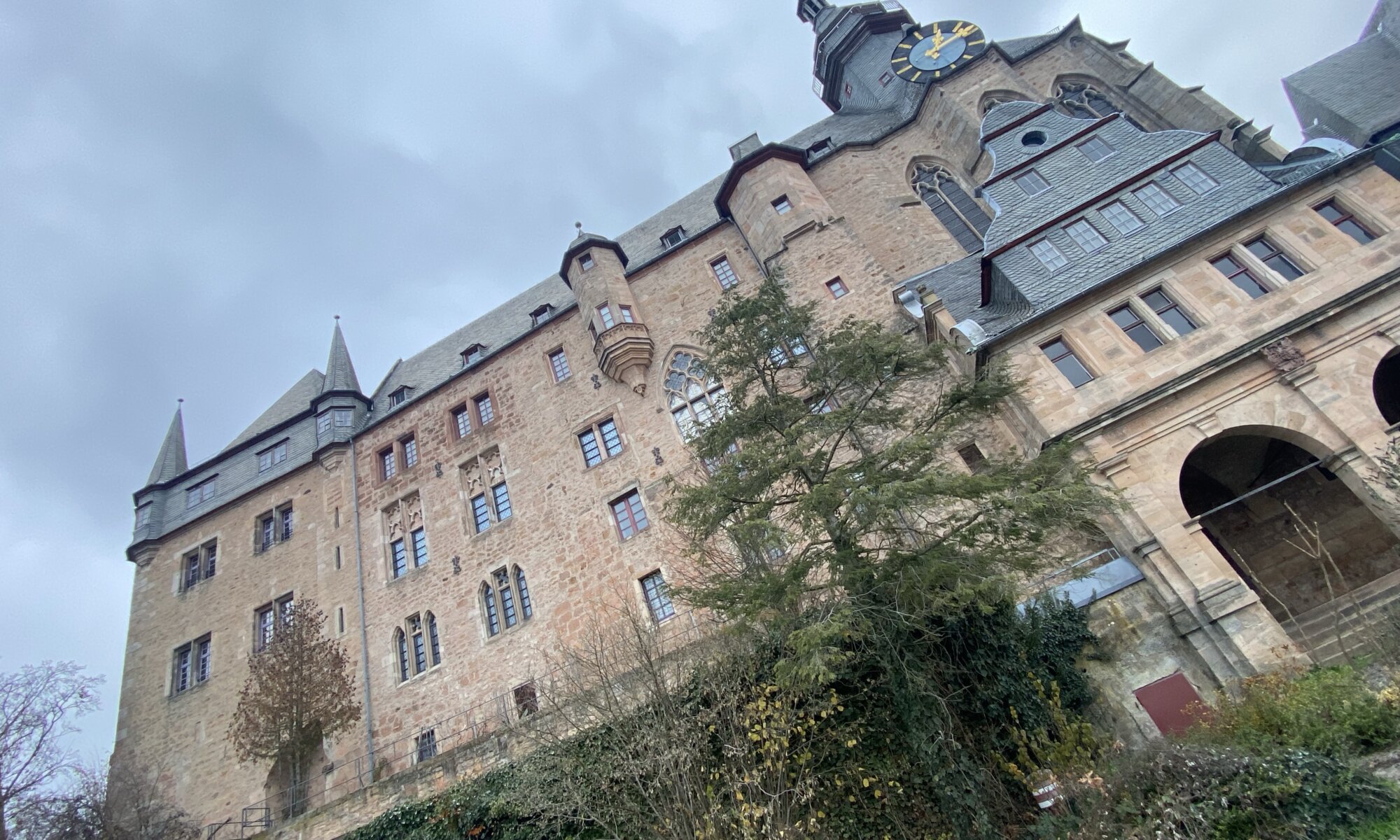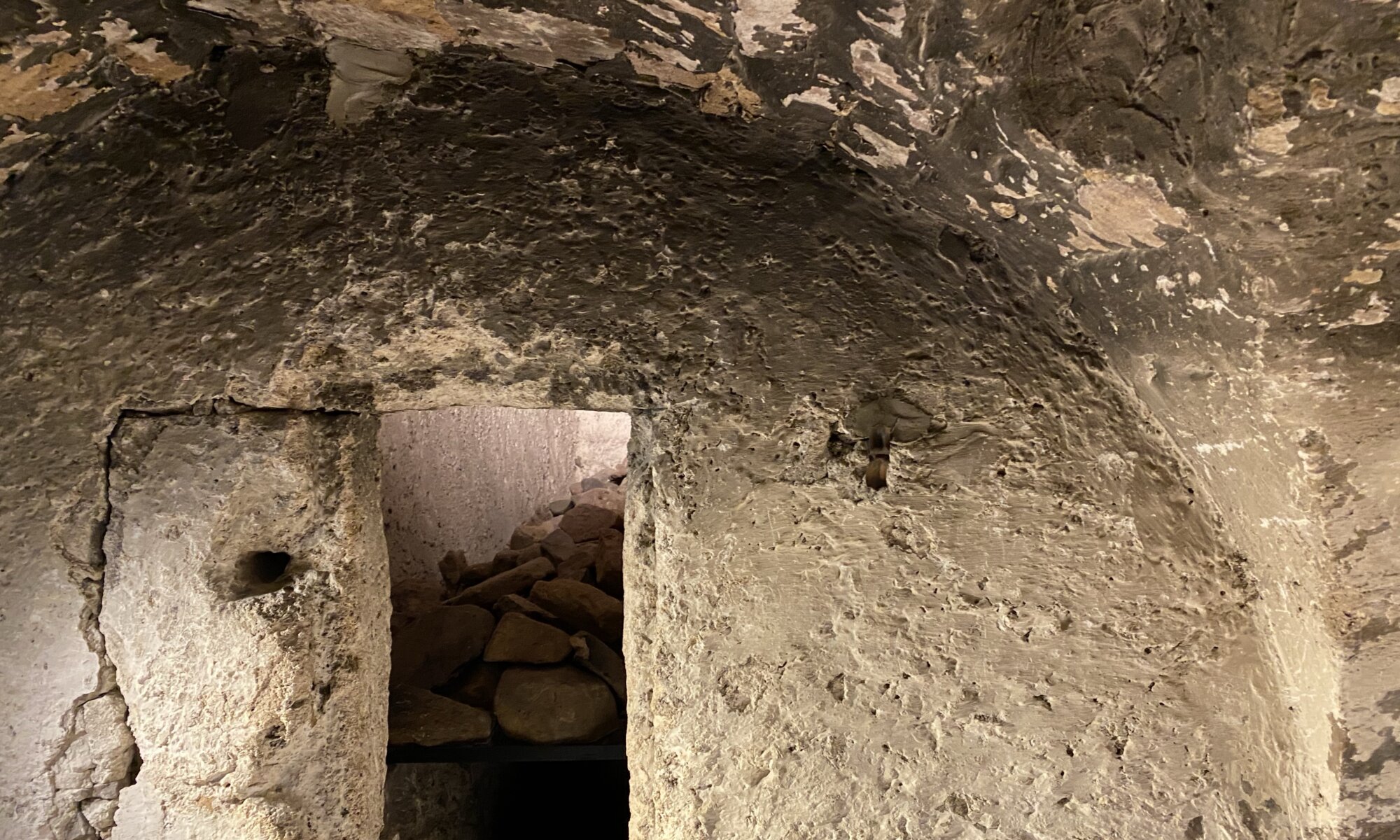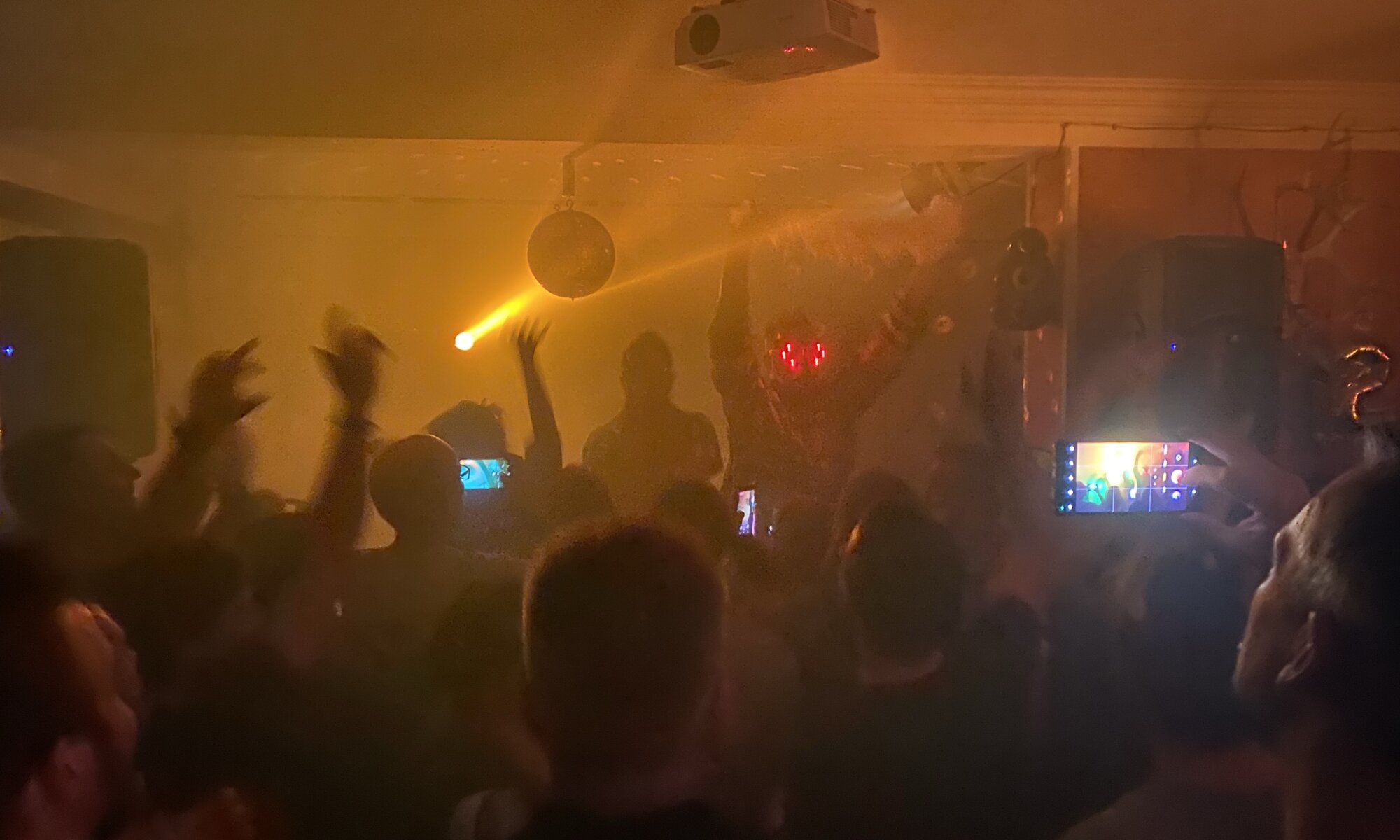The Germanisches Nationalmuseum is a vast cultural history museum at Nürnberg, Germany. Its name is a bit odd, as the Germanic people are a combination of different tribes just grouped by the origins of their languages: Germanic people are people that are speaking a Germanic language. And therefore the Germanisches Nationalmuseum is a national museum without a nation. This name can only be understood in the historical context of the creation of the museum in 1853: during the German revolutions of 1848–1849 people tried to define and unite a German(ic) state.
Continue reading “Germanisches Nationalmuseum”Bavarian Protestants
Nürnberg is part of the federal state of Bavaria. Traditionally the Roman-Catholic church has the most members there but in Nürnberg the situation is different: The city belongs to a region called Franken and the city was independent until the year 1806 when it became part of the Kingdom of Bavaria. Mittelfranken and Oberfranken, but especially the city of Nürnberg are Protestant areas and therefore the two most impressive churches of the city also belong to Protestantism.
Continue reading “Bavarian Protestants”The Future
The Deutsches Museum at München is well-known, but it also has four spin-offs: the Verkehrszentrum and Flugwerft not far away showing vehicles, an exhibition at Bonn and as the latest addition a museum at Nürnberg. The latter was opened in 2021 and is focused on a specific topic, the future. That is special as you can’t leave it as it is over time; you always have to adopt the exhibits to let them remain a window into the future.
Continue reading “The Future”Kaiserburg
The icon of the city of Nürnberg, Germany, is also the place most visitors go to first: the castle. In fact it is a combination of two castles, the Kaiserburg and the Burggrafenburg. It dates back to the year 1000 CE and is located on a rock in the north of the city center. The castle was important during the times of the Holy Roman Empire (962-1806 CE), starting with the Holy Roman Emperors Henry III, IV and V.
Continue reading “Kaiserburg”Saline Luisenhall
Salt, also referred to as the white gold, is used for many purposes: for nutrition and cosmetics, to clear roads in winter time, to preserve food and many more. Sodium chloride (NaCl) is typically gathered from sea water (sea salt) or by mining halite (rock salt) underground. In few cases brine is gathered from the ground, a highly concentrated solution of salt in water – it is then heated to let the water evaporate. One of these places is the Saline Luisenhall at Göttingen, Germany; Europe’s last saline that uses giant iron pans to recover salt from brine.
Continue reading “Saline Luisenhall”Spiegelslust
Throughout Germany you can find many statues and memorials in form of towers created for three persons: Otto von Bismarck, Wilhelm I, and his grandson Wilhelm II. They’ve mostly been funded by donations of the citizens. That is also the case with the tower overlooking Marburg an der Lahn: It was built in 1887 to commemorate the creation of the German Empire and the victory in the Franco-Prussian War in 1870/1871. It was named Kaiser-Wilhelm-Turm after Wilhelm I, king in Prussia.
Continue reading “Spiegelslust”Small but great
The city of Marburg an der Lahn, Germany, has only 74,000 inhabitants. But it is an university town with a long history and therefore has something unusual for a city of that size: a wonderful art museum. The building was created in 1925 to commemorate the foundation of the university 400 years ago and therefore named Jubiläumsbau. Within the institutes for art and culture were concentrated that were until then distributed throughout the city.
Continue reading “Small but great”Landgrafenschloss
Above the beautiful historic city center of Marburg an der Lahn, Germany, you can find a castle with strong fortifications, the Landgrafenschloss or Marburger Schloss. It was created as a medieval castle in the 11th century and was changed over time by the Ludovingians and the landgraves of Thuringia. Later it became the first residence of the landgraviate of Hesse in the late 13th century and therefore it has a place in the history of this federal country of Germany.
Continue reading “Landgrafenschloss”Four cellars
You can learn a lot about the history of Göttingen by walking through its streets and visiting important places. But for some stories you have to explore the underground and have a look at the cellars in the city center. Fortunately, the tourist information organizes guided tours that show you hidden Jewish ritual baths, ancient floor heating systems, a sewer of a former monastery and a beautiful vaulted cellar. Some have been known all the time, others have been temporarily forgotten and rediscovered.
Continue reading “Four cellars”Sputnik
The Sputnik (Russian for ‘satellite‘) is just a small bar located in the Imadstraße close to the city center of Paderborn. It is a well-known bar but not a big concert location. I came to Paderborn to attend a concert of Fortuna Ehrenfeld and Nevis at a club called Wohlsein, but that one couldn’t be used due to renovation works by the landlord.
Continue reading “Sputnik”